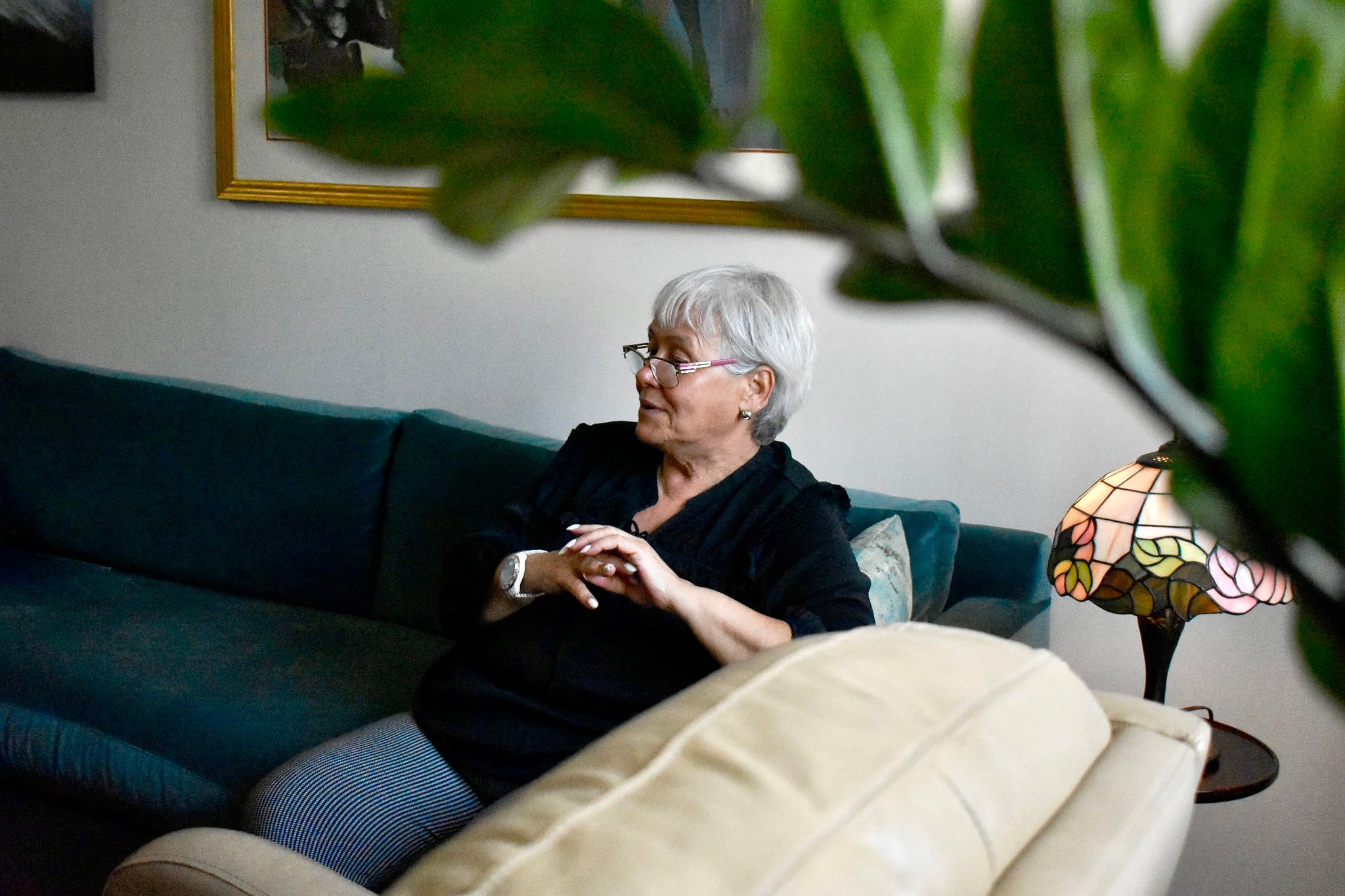
The State of Black Mental Health: Thoughts & Perspectives from Black Therapists
Videos of Black bodies being abused by those meant to protect us, laws passing in an effort to silence history, and daily microaggressions are just some of the realities facing Black America.
Meanwhile, anxiety, depression, and suicide are on the rise, while barriers to accessing mental health care have stopped many from getting the help they desperately need.
These are the realities facing Black America.
I’ve seen how mental illness impacted my friends and family, and I remember how powerless I felt in not knowing how to help. I reached out to Black therapists hoping that their thoughts and perspectives on issues facing our community will lead to healing and support for people who often feel alone in their mental health struggles.
Barriers Facing Black Mental Health Seekers
First, it’s important to touch on the obstacles that often hinder Black people from better managing their mental health. This quote from an Alma therapist offers an opinion on some barriers facing Black mental health seekers:
Finding a therapist is hard enough, and this process is especially difficult when searching for someone that understands and acknowledges your cultural customs, beliefs, and values.
Speaking from my own experience, a benefit of having a culturally competent therapist is not having to explain certain lived experiences that come with being a Black man. Whenever I touch on a story that involves my race, it makes me feel comfortable knowing my therapist understands where I’m coming from without me having to over-explain or worry about being gaslighted.
This makes it easier to show up as my authentic self during therapy and works to build a more personal, intimate experience that allows me to open up better. And aside from cultural competence, stigma and distrust serve as obstacles as well.
Due to historical traumas stemming from instances of medical experimentation, abuse, and neglect, Black Americans can be skeptical of some healthcare practices. For reference, examples of past traumas include the Tuskegee experiment, the troubled legacy of Dr. J. Marion Sims, and invasive procedures performed on Henrietta Lacks.
The stigma and judgment attached to seeing a clinician also serves as a deterrent. People can feel like therapy is an admission of having a poor upbringing, which can reflect negatively on one’s family. In my own life, I’ve heard relatives say they felt offended after hearing their child was seeing a therapist. They saw it as direct criticism of their parenting skills and ability to raise children – which is unfair and lacks empathy for loved ones working towards happiness and fulfillment.
You can’t forget about the cost of uninsured care. The uninsured rate for Black Americans is 12%, compared to 9% for White Americans. And with a large economic disparity existing between races, many Black people don’t have the extra income to spend on therapy.
Personally, I wasn’t in a position to pursue therapy until I graduated college and found a well paying job that offered health insurance. Before then, I was mostly on my own in regards to my mental health. A sentiment that I’m sure is shared throughout my community.
Questions to Gauge a Clinician’s Level of Cultural Sensitivity
With insight on areas stopping Black people from pursuing care, let’s examine some questions that can help mental health seekers find a culturally competent therapist. These questions all come recommended by Black therapists.
Barriers Facing Black Therapists
Of course, I can’t talk about Black mental health without touching on the challenges Black therapists face. These clinicians are trusted to provide culturally competent, specialized care while facing a myriad of obstacles themselves. Listen as they explain some of their biggest issues.
Countertransference describes the psychological phenomenon where a therapist may unconsciously project their feelings on an interaction with a client during therapy. Providers are still people, and they have experiences and preferences that can lead to biased or emotionally-charged treatments for clients.
Examples of countertransference include:
- Discussing too much about themselves in a way that doesn’t benefit the client
- Pushing the client to take action before they’re fully prepared to
- Being to overinvested in a particular outcome
- Not having adequate boundaries with the client
- Increasing/ decreasing the session time beyond what’s helpful
This quote represents a reality for many mental health providers. Economic inequalities rooted in racism means Black providers often have a harder time building up their practice to the point where they can easily increase accessibility.
And the gap in Black and white unemployment is an ongoing deterrent for Black Americans hoping to afford treatment through health insurance. A national focus needs to be put on resources for Black mental health so providers have an easier time increasing accessibility for clients.
Methods for Incorporating Cultural Sensitivity into your Practice
I sought advice from Black clinicians on past methods they’ve used to incorporate cultural sensitivity into their practice. People should work to recognize some of these methods to better grasp what a culturally competent therapist looks like.
Resources are here to help you
Black people deserve happiness, fulfillment, and peace of mind. Together, we can work to build a better headspace for our people.
No matter your circumstances, there are resources available to those working to improve their mental health. And if you’re searching for culturally competent care, browse our provider directory.
Feb 28, 2023

Looking for a therapist?
Get tips on finding a therapist who gets you.
By submitting this form, you are agreeing to Alma's privacy policy.




